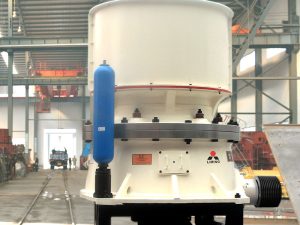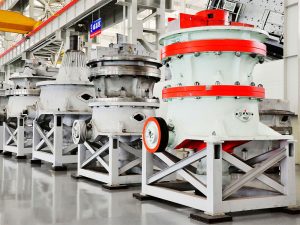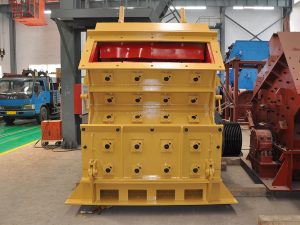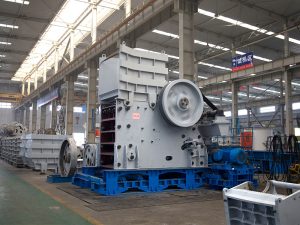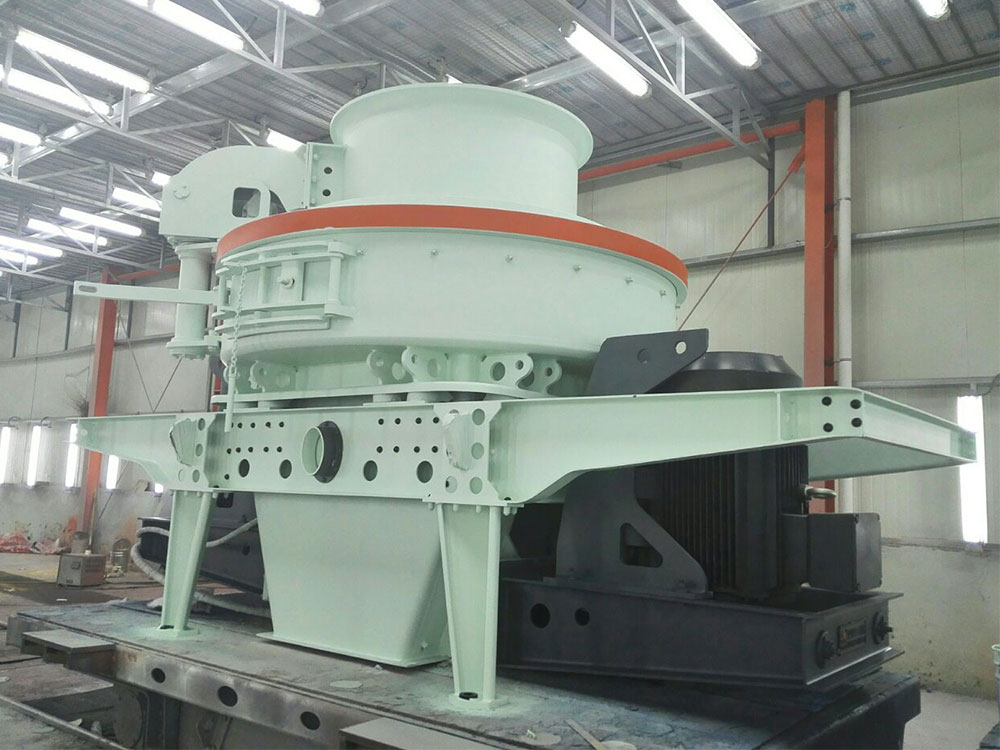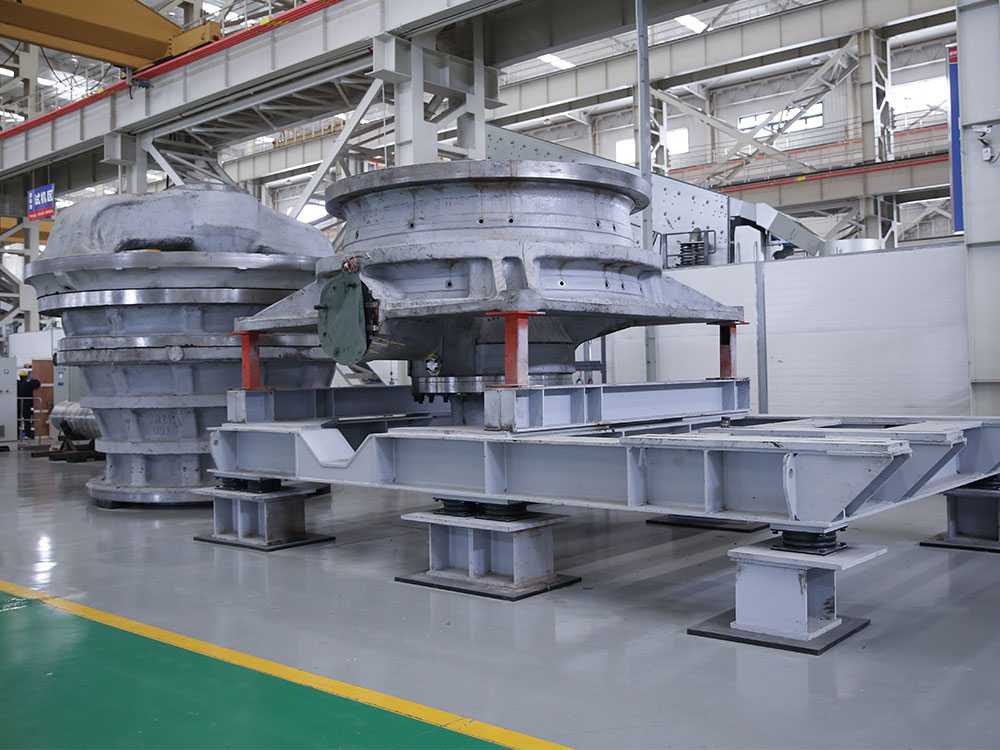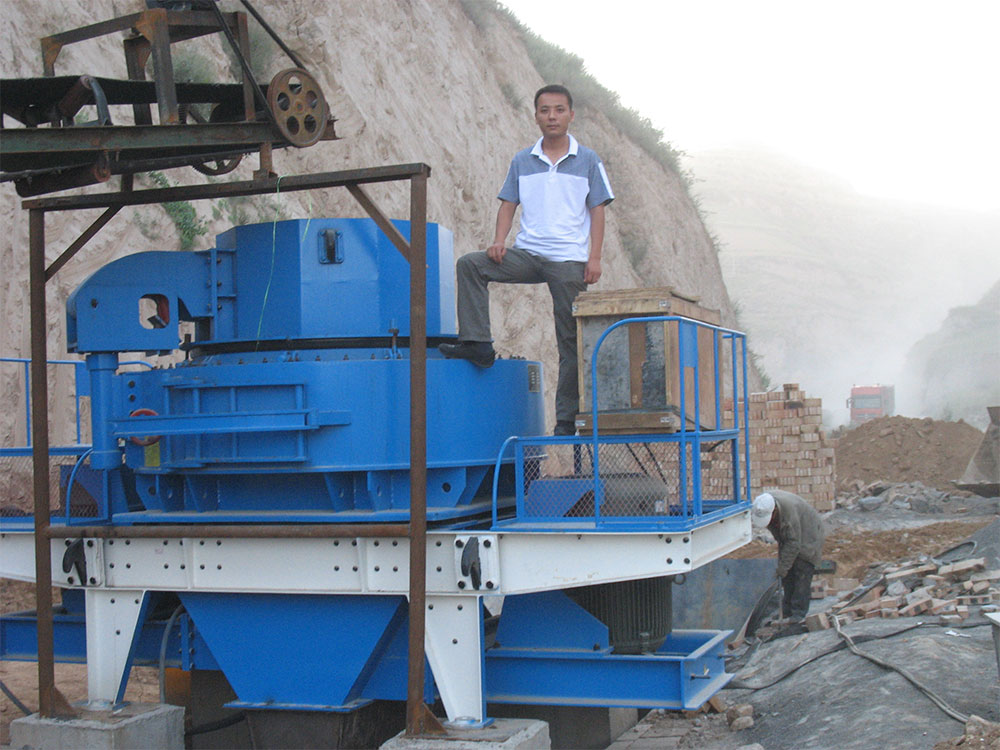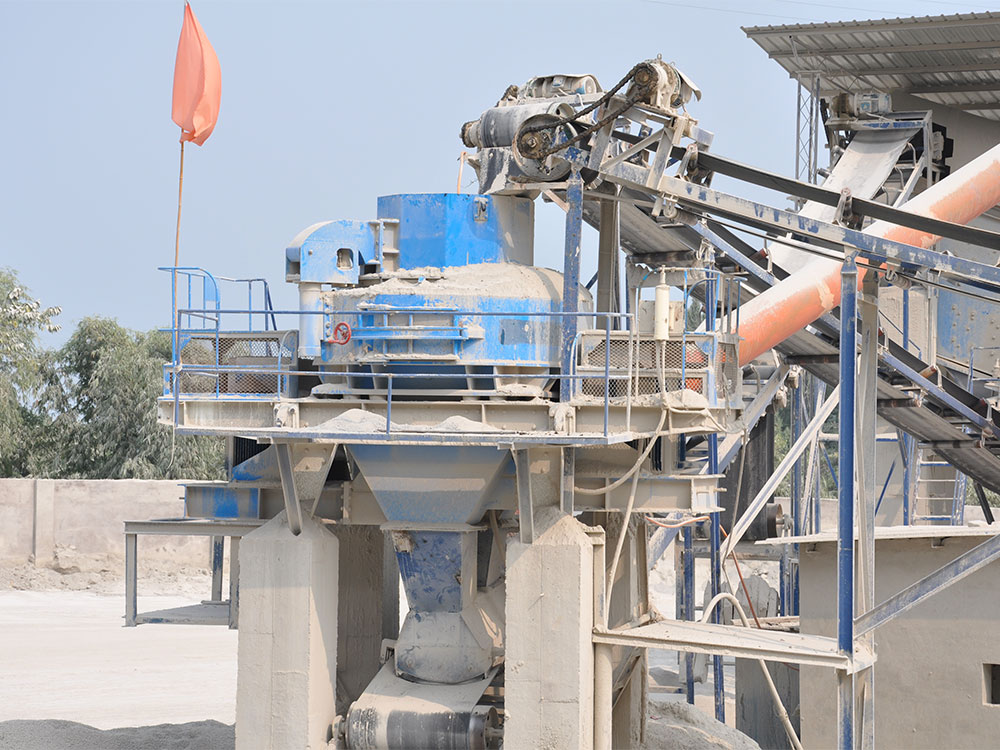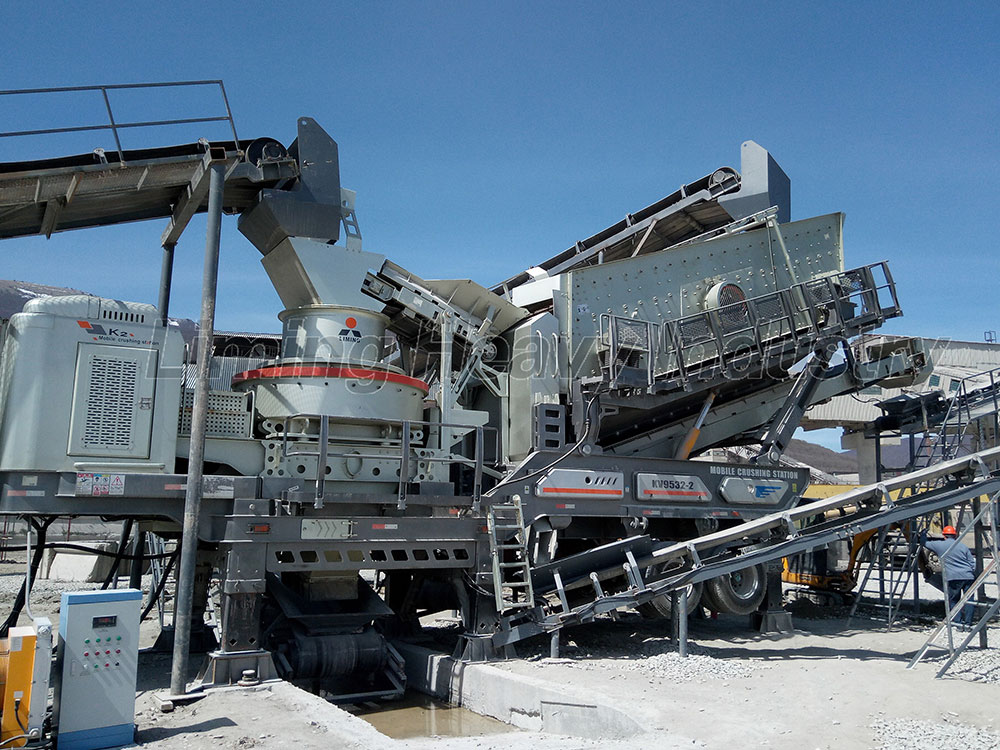Impact crushers are indispensable machines in mining, construction, and recycling industries. Their ability to crush materials through high-speed collisions makes them ideal for processing medium-hard to soft rocks. However, selecting the right impact crusher requires careful consideration of technical specifications, operational demands, and potential pitfalls.
Before diving into the Impact Crusher Purchase Guide, it’s critical to grasp its operating principles. Impact crushers utilize a high-speed rotor equipped with hammers or blow bars. As materials enter the crushing chamber, they are struck by these rotating components, shattering them against adjustable anvils or breaker plates. The crushed output is then discharged through adjustable grates, ensuring controlled particle sizing.
This mechanism emphasizes efficiency and versatility, making impact crushers suitable for primary, secondary, or tertiary crushing stages. However, variations in rotor design, drive systems, and wear-resistant materials significantly influence performance—a key point in the 5 Key Indicators for Buying an Impact Crusher.
Applications: Where Impact Crushers Shine
The Impact Crusher Purchase Guide must address the equipment’s diverse applications. Common use cases include:
- Mining and Quarrying: Crushing limestone, granite, and other aggregates.
- Construction: Recycling concrete, asphalt, and demolition debris.
- Industrial Processing: Reducing coal, glass, or gypsum to specific sizes.
- Recycling Plants: Repurposing electronic waste or scrap metal.
Understanding your industry’s requirements is one of the 5 Key Indicators in selecting a crusher. For instance, a recycling plant may prioritize abrasion-resistant components, while a quarry might focus on high throughput.
Technical Parameters: Decoding Specifications in the Impact Crusher Purchase Guide
When evaluating technical specifications, focus on these critical metrics:
1. Feed Size and Capacity
- Maximum Feed Size: Typically ranges from 500mm to 1,300mm, depending on the model.
- Throughput Capacity: Varies between 50–800 tons per hour (TPH).
2. Rotor Dimensions and Speed
- Rotor Diameter: Larger rotors (1,000–2,000mm) enhance crushing force.
- Rotor Speed: Adjustable speeds (500–1,200 RPM) optimize material breakage.
3. Power Consumption
- Motor power ranges from 75 kW to 500 kW, affecting operational costs.
4. Discharge Settings
- Adjustable apron gaps (20–80mm) control final product gradation.
5. Wear Part Durability
- Blow bars and liners made from manganese steel or ceramic composites extend service life.
These parameters form the backbone of the 5 Key Indicators and Pit Avoidance Guide for Impact Crusher Purchase, helping buyers match machine capabilities to project needs.
The 5 Key Indicators for Selecting an Impact Crusher
1. Material Characteristics
Hardness, moisture content, and abrasiveness directly impact crusher selection. For abrasive materials like basalt, choose models with reinforced wear parts.
2. Desired Output Size and Shape
Cubic-shaped aggregates require precise apron adjustments and high rotor speeds—features highlighted in the Impact Crusher Purchase Guide.
3. Production Volume Requirements
High-capacity projects demand robust motors and large feed openings to minimize downtime.
4. Mobility Needs
Track-mounted or portable crushers offer flexibility for multi-site operations.
5. Total Cost of Ownership (TCO)
Factor in maintenance, energy consumption, and replacement part costs—a common oversight addressed in the Pit Avoidance Guide.
Common Pitfalls and How to Avoid Them: A Focus on the Pit Avoidance Guide
Pitfall 1: Overlooking Maintenance Requirements
Solution: Opt for crushers with easy-access designs for blow bar replacement and rotor inspections.
Pitfall 2: Ignoring Energy Efficiency
Solution: Compare motor efficiency ratings and opt for variable-frequency drives (VFDs) to reduce power usage.
Pitfall 3: Choosing the Wrong Rotor Type
Solution: Open rotors suit lighter materials, while solid rotors handle dense rocks.
Pitfall 4: Neglecting After-Sales Support
Solution: Verify warranty terms and availability of spare parts from manufacturers.
Pitfall 5: Underestimating Safety Features
Solution: Prioritize crushers with emergency stop systems and dust suppression technology.
Investing in an impact crusher is a significant decision that demands a strategic approach. By focusing on the 5 Key Indicators—material properties, output quality, production needs, mobility, and TCO—and adhering to the Pit Avoidance Guide, buyers can sidestep costly mistakes. Always cross-reference technical specifications with real-world operational demands and partner with reputable manufacturers to ensure long-term reliability.
Whether you’re processing aggregates or recycling construction waste, this Impact Crusher Purchase Guide equips you with the knowledge to optimize performance, reduce downtime, and maximize ROI.


